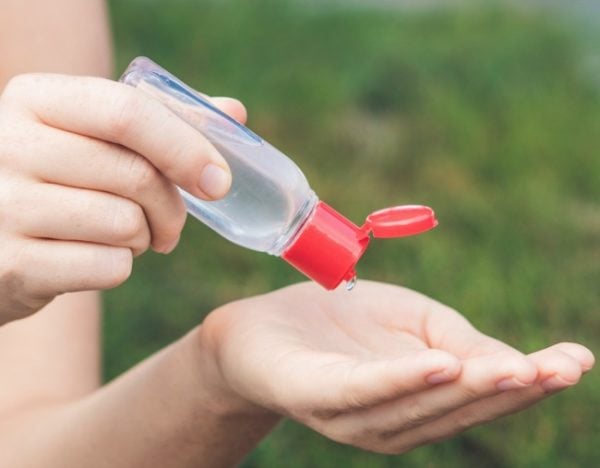

It is a truth universally acknowledged among teachers that you will never get as sick as you do during your first year on the job. That was a fun realisation I came to after graduating from uni and entering a classroom five days a week for the first time.
And while my immune system probably grew accustomed to the constant germ exposure (after surviving that infamous first twelve months, I rarely got sick again) it’s certainly not something to look forward to.
With 2017 seeing one of the worst outbreaks of influenza in Australia since 2009, it’s no doubt teachers everywhere are probably praying to their smart boards that they don’t get sick again.
But rest assured, these are the things you can do to stop the flu season from hitting you (and your classroom) as hard this time around:
1. Make sure you get your flu shot.
The single best thing you can do to prevent the flu is to get the flu vaccine. As the virus is constantly changing, getting vaccinated from the flu every year means you’re best protected against the most recent and common circulating strains.
And it’s easy to get your flu vaccine by walking into a pharmacist or going to a doctor. Pharmacies offer walk-in appointments, providing a quick and convenient way for all Australians over the age of 18 (teachers included) to have the proper protection for the flu this year.
2. Hand sanitiser is your best friend.


